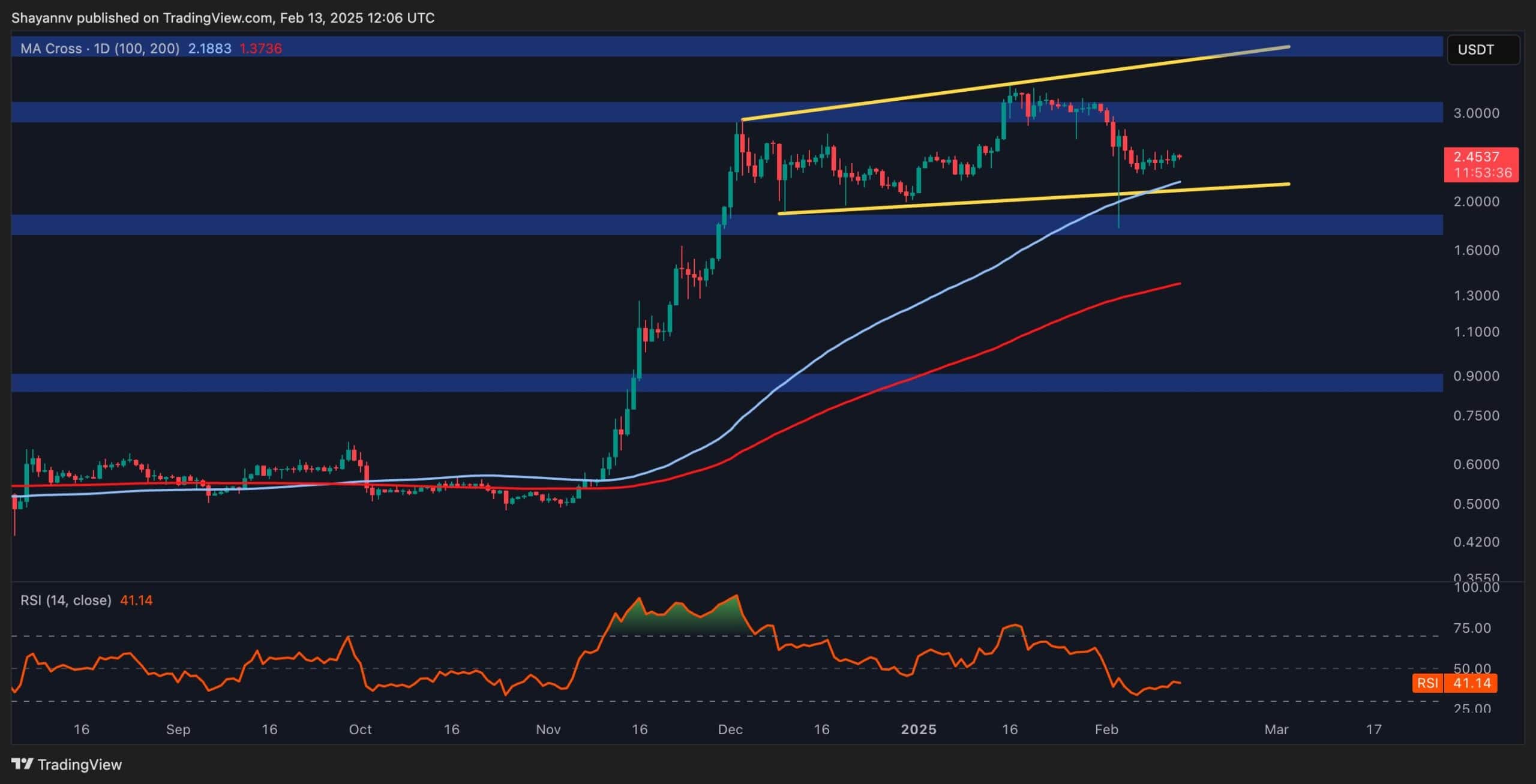Ripple CEO Brad Garlinghouse Partners with 10 Governments to Develop Central Bank Digital Currencies
Last year, Ripple CEO Brad Garlinghouse made a groundbreaking announcement that his company has formed partnerships with 10 governments to assist in the development of their respective Central Bank Digital Currencies (CBDCs). This move signals a significant shift in the financial landscape and could potentially revolutionize the way we think about traditional currency systems.
Collaborating with Central Banks
By working closely with the central banks of countries like Colombia, Georgia, Montenegro, and Palau, Ripple aims to accelerate the adoption of digital currencies on a global scale. These partnerships will not only provide valuable insights and expertise to the governments involved but also showcase the potential benefits of embracing digital assets in today’s increasingly digital world.
Benefits of CBDCs
Central Bank Digital Currencies offer a myriad of advantages, including increased efficiency in transactions, enhanced financial inclusion, and greater transparency in the monetary system. By harnessing blockchain technology, governments can streamline payment processes, reduce overhead costs, and provide greater access to financial services for underserved populations.
Furthermore, CBDCs have the potential to foster economic growth, spur innovation in the fintech industry, and strengthen the resilience of the financial sector. By digitizing national currencies, countries can adapt to the changing digital landscape and remain competitive in the global economy.
Impact on Individuals
As Ripple collaborates with governments to develop CBDCs, individuals can expect to see a shift towards digital currencies in their daily lives. From making payments using a smartphone to accessing financial services online, the rise of CBDCs could make transactions faster, more secure, and more convenient for consumers.
Moreover, CBDCs may offer new opportunities for financial inclusion, allowing unbanked populations to participate in the formal economy and access essential banking services. By digitizing national currencies, governments can empower individuals to participate more actively in the financial system and improve their overall financial well-being.
Global Implications
The partnership between Ripple and 10 governments to develop CBDCs marks a significant milestone in the evolution of digital currencies on a global scale. As more countries explore the possibility of issuing their own digital currencies, the world could witness a seismic shift in the way we perceive and utilize money.
By leveraging blockchain technology and collaborating with innovative fintech companies like Ripple, governments can pave the way for a more efficient, transparent, and interconnected financial ecosystem. The adoption of CBDCs could bridge the gap between traditional banking systems and emerging digital technologies, leading to greater financial stability and inclusivity worldwide.
Conclusion
In conclusion, Ripple’s partnership with 10 governments to develop Central Bank Digital Currencies represents a significant step towards the widespread adoption of digital assets. By collaborating with central banks, Ripple aims to revolutionize the way we think about traditional currency systems and provide greater access to financial services for individuals worldwide.





